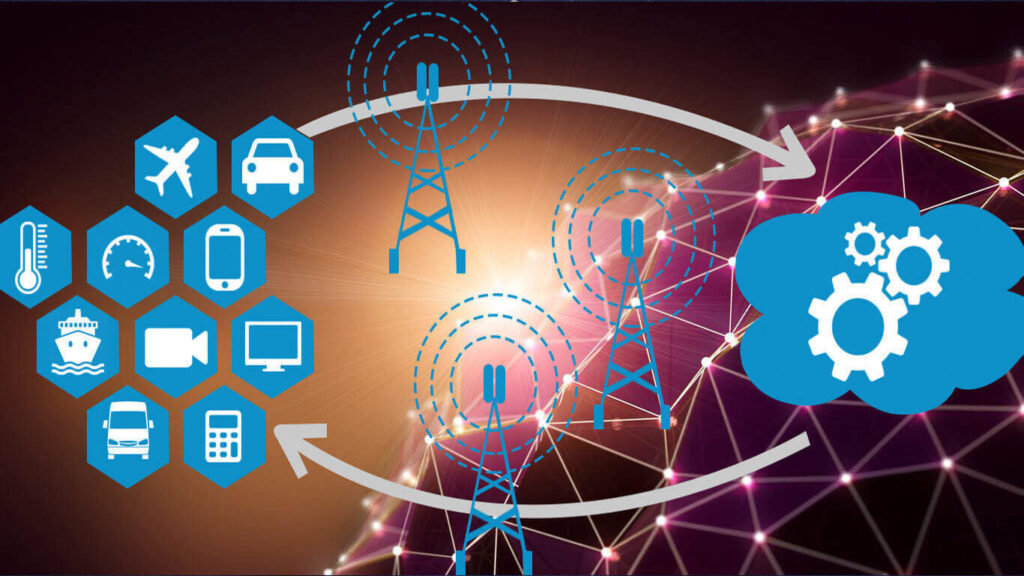
Is the future of Edge Computing?
Is the future of Edge Computing?
After cloud computing, rocked the IT world for the last decade. Now is the time when Edge computing is picking up pace, as we are seeing the advent of IoT (Internet of things) and 5G network.

What is Edge Computing?
So what actually is Edge computing? Edge computing is a distributed computing example that brings computation and data storage closer to the source of data. This algorithm will improve response time and save bandwidth. The root of edge computing grew from content delivery networks which were built in the late 1990s to share web and video content from edge servers that were spread close to the users. At the starting of the twentieth century, these networks were created to host applications and components at the edge servers, making them the first commercial edge computing services.
Difference between Edge and Cloud Computing?
Edge computing processes time sensitive data, but cloud computing does not process time sensitive data. In remote locations, edge computing is better than cloud computing, because there is limited or no connectivity to a centralized location. Edge computing is valuable because it creates new and advanced ways for industrial and enterprise businesses to get the most of the operational efficiency and maximize performance and safety, self operating all core business processes and guaranteeing "always on" availability.
Disadvantages of Edge Computing?
Like pros, there are some cons as well for edge computing. Edge computing gives more chances for data processing and storage at a localized level, some geographic regions will be at a disadvantage because when it comes to edge implementation. In the areas where only fewer people live or with fewer financial or technical resources, only fewer edge devices and local servers within the network will be available. The areas which are the same in technology use will also have some skilled IT professionals who can operate a local edge network's devices. This fewer IT professionals will move to or build sophisticated network models in areas with little network infrastructure, to begin with. As a result, historically poor, uneducated, or unpopulated areas may stay as they were from the past decade and will not be able to use these latest technologies.

Usages of Edge Computing?
There are many examples of Edge Computing used in real time.
1. To monitor manufacturing, enable real-time analytics, and find production errors and improve product manufacturing quality Edge Computing can be useful. As a result faster and more accurate business decisions can be made by the manufacturers.
2. With the help of Edge Computing combining and analyzing data from site cameras and various other sensors is now possible. As a result, it's possible to monitor the workplace condition and ensure that whether or not the employees are following the established safety protocols. This kind of action is needed especially in construction sites or oil rigs.
3. In the healthcare industry, a huge amount of patient data is collected from various devices and medical equipment. From here Edge Computing can ignore normal data and identify normal data so immediate action can be taken to help patients avoid health incidents in real time.
4. In autonomous transportation information about location, road condition, traffic condition, and vehicles are gathered and it should be aggregated and analyzed in real time, while the vehicle is in motion. In this condition, Edge Computing can play a major role.
Softweb Development Technologies team has started using Edge computing in their various new projects.

